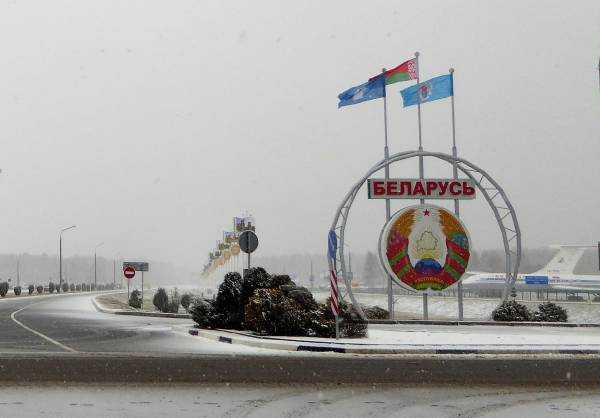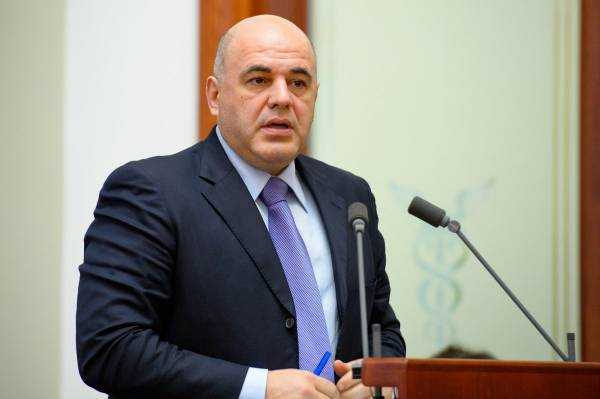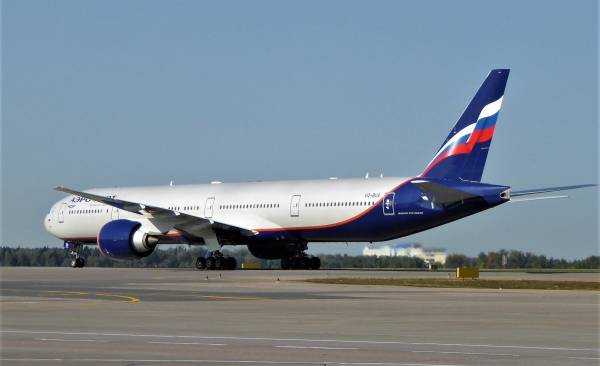
A new international terminal C has opened at Moscow's Sheremetyevo Airport. It is adjacent to the existing domestic terminal Sheremetyevo-1 (B) and will also exclusively serve Aeroflot flights, reports Travel.ru's own correspondent.
Terminal C has a number of advantages over the other airport terminals. The most noticeable for passengers are the numerous rest areas with almost horizontal couches in the “clean zone” and one of the most modern and convenient security control lines. The latter allows you to avoid running for containers for clothes and hand luggage, and is also equipped with a separate line for items that, in the opinion of the inspectors, require additional control.
Elite passengers of Aeroflot and the SkyTeam alliance will have access to the 654-seat Malevich business lounge, located at the end of the pier and offering an excellent view of the entire airport. Other business lounges (for Priority Pass, LoungeKey, etc.) are located closer to the beginning of the pier. They are not yet operational, but at least one of them, the 382-seat Chagall, is in a high state of readiness. All business lounges have smoking rooms, work and meeting rooms, numerous showers, and paid rest rooms. The 107-seat MasterCard lounge and the 160-seat Lisitsky lounge are also scheduled to open at the end of 2020. A separate lounge for passengers with disabilities, the Orion lounge, is equipped.
A transition gallery leads to Terminal C from a new parking lot with 2,500 spaces, similar to the one already in operation opposite Terminal Sheremetyevo-1 (B).
Terminal C has a capacity of 20 million people per year and up to 4,110 per hour. The new terminal is very similar to the nearby Sheremetyevo-1 (B) domestic terminal, and like it, has 19 jet bridges (boarding gates 124-129 and 134-146). Gates 130-133 are for buses.
Terminal C will be located in a single “clean zone” for departures with the other terminals of international flights at Sheremetyevo. Transfers between international flights of all terminals without going into the public zone are possible using a dedicated car of the underground shuttle train. Until now, this car only transported passengers who arrived on a domestic flight to Terminal Sheremetyevo-1 (B) and were transferring to an international flight. Now it will also transport passengers who need to change Terminal C to one of the southern international terminals and vice versa.
However, passengers who arrived at Terminal C, went through passport control into the public area and want to get on the underground shuttle to get to the Aeroexpress trains or domestic flights at Terminal Sheremetyevo-3 (D) will have to do so in a somewhat roundabout way. There is no direct passage to the train on the first floor – the VIP lounge is on the way. Passengers will have to go up to the second floor, cross it to the neighboring Sheremetyevo-1 (B) and go down to the train from there. At the same time, arriving passengers who are transferring to domestic flights will be able to check in their luggage immediately after passing customs control in Terminal C and not drag it around the airport. It is not entirely clear whether additional bus stops will appear at the terminal or whether passengers will have to use the stops at the neighboring terminal for now.
Otherwise, Terminal C has a fairly simple structure - more than 60 check-in desks are stretched out in a single line, to the right of which is a passage to the clean zone - through various controls and retail outlets. A giant board in the Sheremetyevo corporate style has been erected above the check-in desks. It is expected that in a few years the terminal will be supplemented by a second stage of the same scale and format.
The terminal has two dozen food outlets of various formats, from fast food to restaurants. In addition, there is a minimarket in the public area. Some of the outlets may not work in the first weeks after the launch of the terminal, while there are still few flights.
You can view photo galleries on the Travel.ru Facebook page
the path of the departing passenger, the path of the arriving passenger and business lounges.
For the first ten days, the terminal will only handle two departure and arrival flights per day – from Dresden and an evening flight from Bucharest. From January 27, two more will be added – a second flight from Bucharest and an evening flight from Riga. During February and March, it is planned to add about a dozen more destinations – Zagreb, Lyon, Tivat, Thessaloniki, as well as individual flights to Budapest, Vilnius, Venice, Berlin, Warsaw, Zurich, Tallinn, Amsterdam. Most of these flights will be operated by Superjet 100, some by Boeing 737. No later than the end of March, the terminal will start handling some long-haul flights by Airbus A330 – the first routes will include Bangkok, Delhi, Guangzhou, Seoul, with Washington and Havana to follow a little later.
The details of the further transfer of Aeroflot flights between Sheremetyevo terminals are still being formed, but the plan for the final distribution of flights is already known, which should be implemented by the start of the future winter schedule on October 25. However, everything could end much earlier, for example, in the summer. After the transfer is completed, Terminal C will be home to most of Aeroflot's international flights (approximately 110 departures per day are planned from there in the future winter schedule). But not all flights will fit there - approximately 77 more of Aeroflot's own international flights (plus possible flights of the subsidiary Rossiya) will be operated from Terminal Sheremetyevo-3 (D). Currently, it serves approximately 110-115 of Aeroflot's own international flights per day.
Firstly, flights to the EAEU countries (Belarus, Kazakhstan, Kyrgyzstan, Armenia) will be left at Sheremetyevo-3 (D), which do not require customs clearance, but only border control. In addition, almost all flights on the company's largest aircraft - Boeing 777 and the new Airbus A350 received next year - will be operated from the Sheremetyevo-3 (D) terminal. These are routes to New York, Los Angeles, Miami, Havana, Bangkok, Phuket, Denpasar (Bali), Osaka, Shanghai, Beijing, Hanoi, Ho Chi Minh City, Male, Delhi, Tel Aviv, London (a small exception will be two evening flights to Hong Kong and Shanghai - due to a lack of space for wide-body Boeing 777s, they will be operated from Terminal E). Sheremetyevo-3 (D) will also serve part of Aeroflot’s medium-haul routes – in addition to other flights to Tel Aviv and London, these are flights to Tehran, Dubai, Madrid, Barcelona, Milan, Venice, Zurich, Geneva, Nice, Paris and two of the three flights to Amsterdam.
All other international Aeroflot flights will be transferred to the new Terminal C in the coming months. Most European and other medium-haul destinations will be there, as well as all Airbus A330 flights (Guangzhou, Mumbai, Colombo, Washington, Tenerife, Seoul, one flight each to Tashkent, Bangkok and Amsterdam).
The same logic for aircraft types will be applied to long-haul domestic flights (Vladivostok, Khabarovsk, Yuzhno-Sakhalinsk, Petropavlovsk-Kamchatsky, Magadan). They will continue to operate from Sheremetyevo-3 (D) if the flight is served by Aeroflot or Rossiya Boeing 777, but domestic flights on Aeroflot Airbus A330 will be transferred to Sheremetyevo-1 (B). The exact date of this transfer is not known, but it is again scheduled no later than October 25.
It is worth keeping in mind that depending on the season, flights to some destinations may migrate from terminal to terminal. For example, in the summer, both flights to Delhi are scheduled to be operated by Airbus A350 and will be serviced in the usual southern terminals, but in the winter schedule, one of the flights will be served by Airbus A330 and will be served in Terminal C. Similarly, in the summer, all flights to Khabarovsk are scheduled to be operated by Boeing 777 from Sheremetyevo-3 (D), but in the winter, Aeroflot’s own flight switches to Airbus A330 and ends up in Sheremetyevo-1 (B). Aeroflot Group flights to some cities – for example, Amsterdam, Vladivostok and Yuzhno-Sakhalinsk – will be permanently spread across different terminals on different sides of the airport.
Passengers of all Aeroflot flights should carefully check the departure terminal before traveling to Sheremetyevo, and also follow the airline's notifications. For almost the entire 2020, the departure and arrival terminal for many flights indicated in the original itinerary receipt may change at any time. If a passenger arrives at the wrong terminal, changing it to the correct one may take up to 25 minutes. When planning connecting flights through Sheremetyevo, you should also allow significant time for the transfer (optimally - at least two hours).
Many international flights of other airlines to Sheremetyevo will also move to other terminals in 2020 – they will take the places of Aeroflot flights transferred to Terminal C. The exact schedule of the transfer is not yet known. In particular, flights from Terminal Sheremetyevo-2 (F) may migrate to neighboring terminals if its reconstruction begins. Currently, in addition to about three dozen Aeroflot flights per day, it also serves flights of many Chinese and several other Asian and European airlines, plus charter routes, mainly Royal Flight and Nordwind Airlines.
Source: travel.ru











